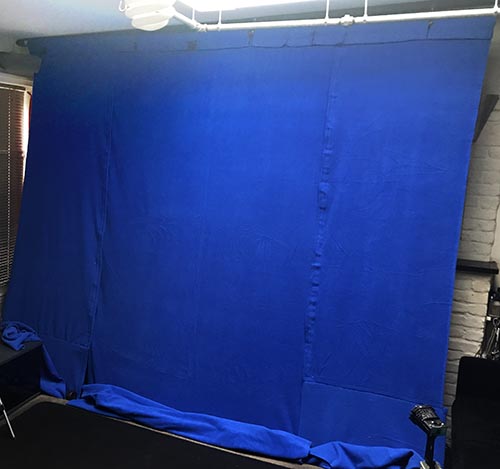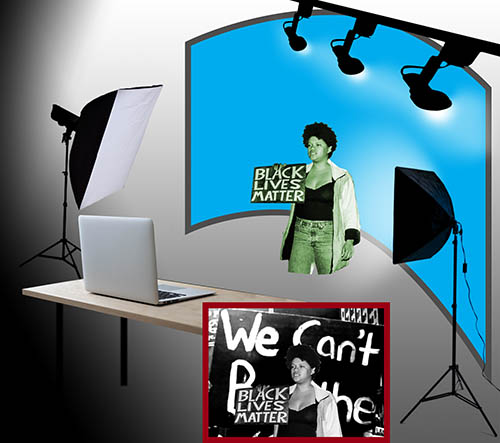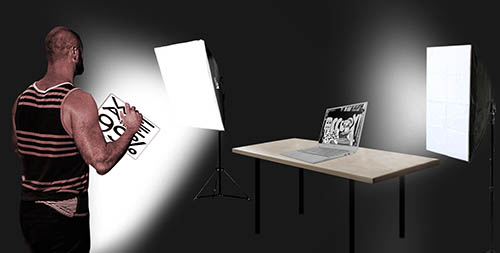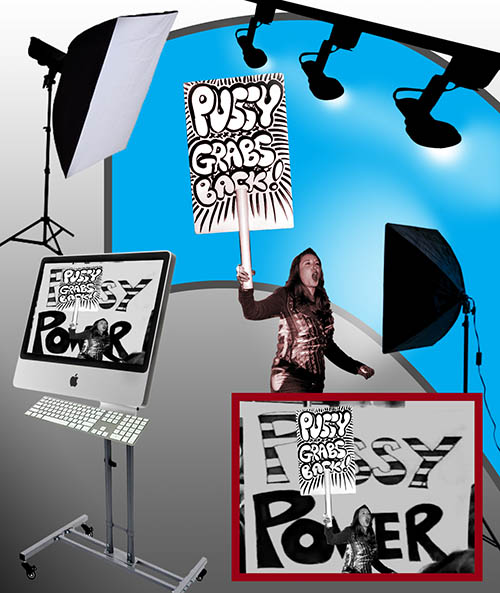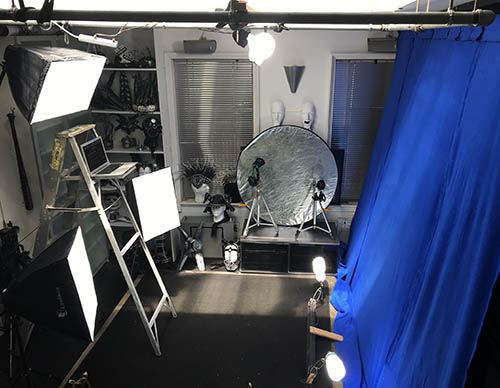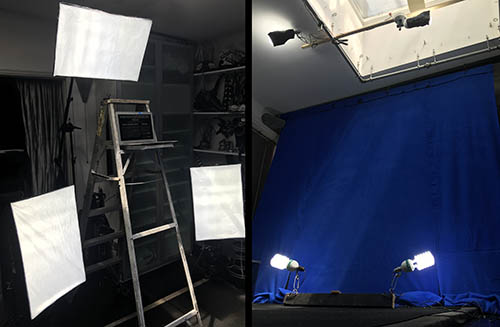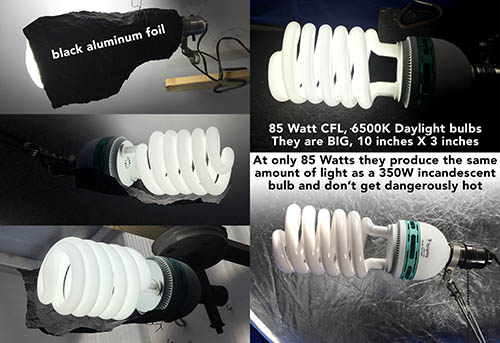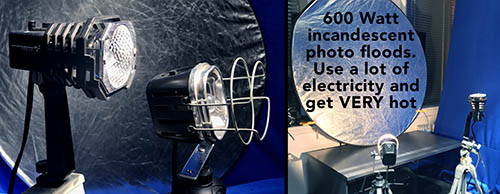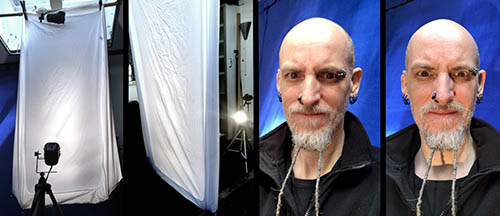 |
|||||||||||||||||||||||||||||||||||
|
|||||||||||||||||||||||||||||||||||
|
view artworks (performance, installation, sculpture, video, audio, multimedia, animation and more), Irish artist, Gearóid Dolan, a.k.a. screamachine, a.k.a. G-man studio located in the East Village, New York City art exhibitions in Ireland and USA designing and producing multidisciplinary activist artworks with an emphasis on time-based media composing and producing Jungle / Drum 'n' Bass music for the underground dance scene as well as audio works for site-specific and gallery installation. |
|||||||||||||||||||||||||||||||||||
|
© Gearóid Dolan, 2020. All rights reserved |
|||||||||||||||||||||||||||||||||||
